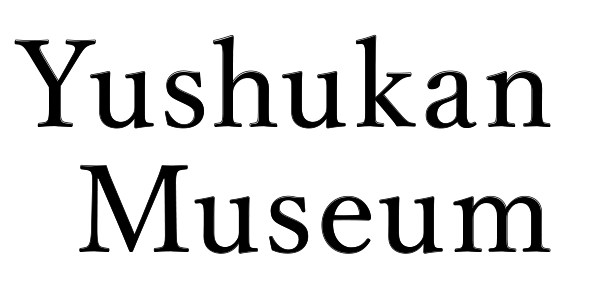- Japanese
- English




The name “Yushukan” is taken from the Japanese readings of characters in a passage on the encouragement of learning in the Chinese classic Xunzi. This name reflects the purpose of the museum as a place to become familiar with the stories of those who sacrificed their precious lives for their country, and learn from them.

◆The idea of constructing the Yushukan was first proposed toward the end of the Seinan War in 1877. In 1879, under the lead of Army Minister Yamagata Aritomo, it was envisioned as “a facility to show respect for the enshrined deities of Yasukuni Jinja and display ancient weapons and armor.” A building in the style of an Italian medieval castle was completed in 1881, based on a design by Giovanni Cappeletti, an Italian architect who had been hired by the Japanese government to teach in Tokyo. The opening ceremony was held on February 25, 1882.
During the planning stage before an official name had been determined, the facility was tentatively referred to as the “Picture Hall and Weapons Museum,” but later, Minister of the Imperial Household Count Tanaka Mitsuaki decided on “Yushukan” as the official name based on a proposal by the scholar Yoshio Kikuhin.

 A commemorative stamp used in the museum’s early years
A commemorative stamp used in the museum’s early years
◆Later, following conflicts such as the Sino-Japanese War, the Russo-Japanese War, and the First World War, the museum was upgraded through remodeling, expansion, and the addition of new buildings. However, the brick structures were severely damaged in the 1923 Great Kanto Earthquake, and had to be demolished.
A temporary facility was constructed in 1924, and the museum was able to reopen on a smaller scale. However, the pace of restoration picked up after the enthronement of the Emperor Showa, with a Restoration Construction Committee meeting in February of 1928. Preparations begin to reconstruct the main building in a “modern Eastern” architectural style, known as the “Imperial crown” style. Professor Ito Chuta of Tokyo Imperial University (now the University of Tokyo) served as the architectural advisor. A groundbreaking ceremony was held in 1930, construction of the building was finished in 1931, and the restoration of the Yushukan reached completion with an opening commemoration ceremony held on April 26, 1932. An attached building was constructed in 1934 to promote military knowledge among the public, which would later become the Yasukuni Kaikan.

 Commemorative stamp
Commemorative stamp
◆During the Second World War, the exhibit rooms near the main hall were damaged, the annex burned down, and books and valuable paintings dating as far back as the end of the Tokugawa shogunate were lost as a result of air raids in May of 1945. In addition, after Japan’s defeat, the Emperor Meiji’s order calling for the preservation of military artifacts was repealed on September 11, 1945, thus ending the Yushukan’s sixty-four years as a museum. The Yushukan building was later used as a head office by the Fukoku Mutual Life Insurance Company, whose former offices had been taken over by the Occupation authorities. The company left the building in 1980.
◆In 1959, the Yushukan’s collection was shown to the public as part of a “Yasukuni Jinja Exhibition” held at the Nihombashi Mitsukoshi department store to celebrate the shrine’s ninetieth anniversary. This event served as a catalyst for the renovation of the second floor of the Yasukuni Kaikan into the “Yasukuni Jinja Treasure & Artifact Museum” in April of 1961. Display of the treasures and artifacts was resumed, and the exhibits were even visited by members of the Imperial family.
◆Preparations for the reopening of the Yushukan entered full swing in 1980. Repair work was completed in December of 1985, and in July of 1986, the Yushukan reopened for the first time in over forty years, and with the contents of its exhibits enhanced. Later, on July 13, 2002, the main building was completely renovated, the layout and contents of the exhibits were updated, and a new building with a cinema theater was added to commemorate Yasukuni Jinja’s 130th anniversary. The outdoor exhibits, including the Zero fighter aircraft, were moved to their current location inside a glass-walled hall, where they can be appreciated by many people of all ages.

View the contents of the Yushukan Museum’s main exhibits.
